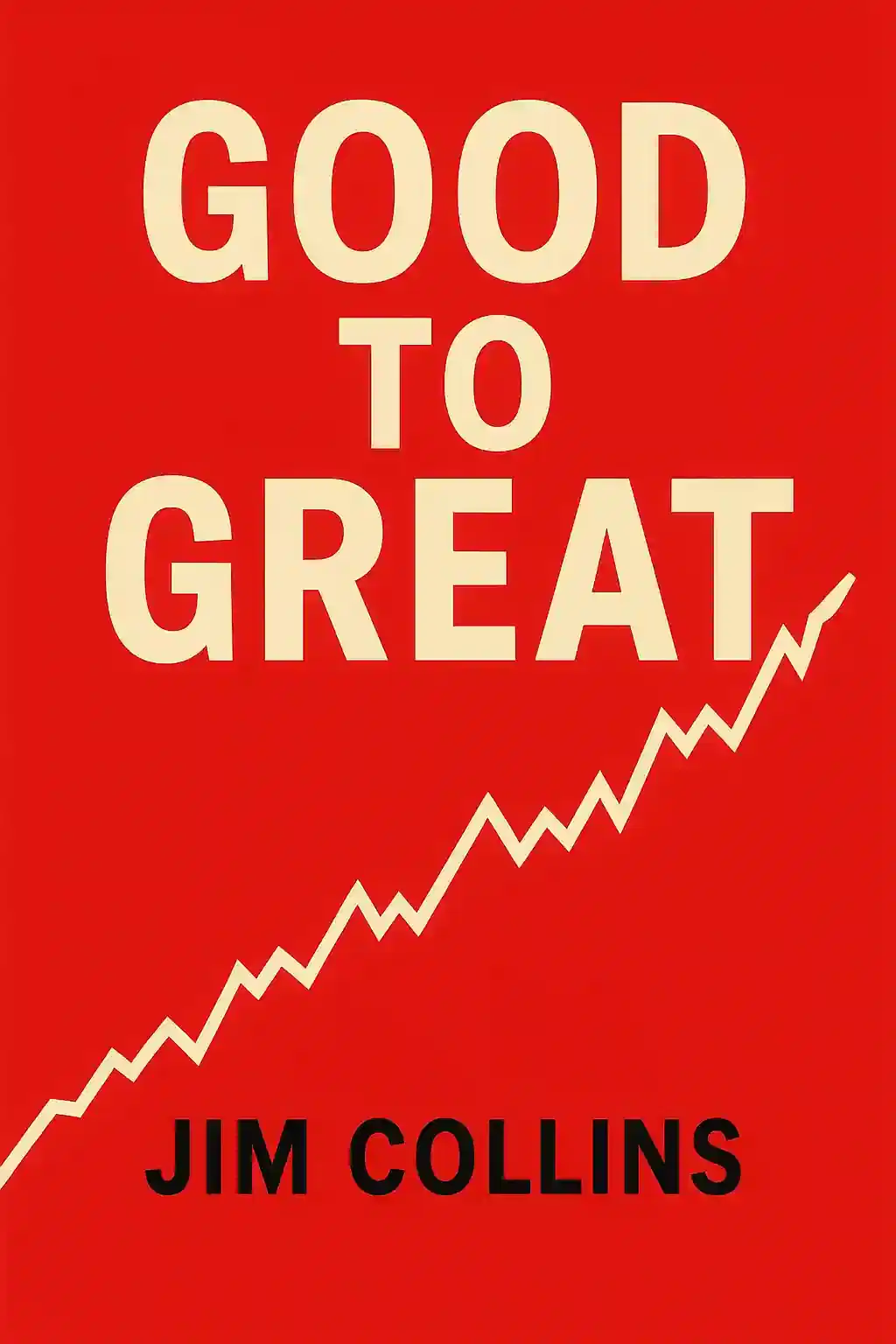What is
The Great Game of Business by Jack Stack about?
The Great Game of Business outlines Jack Stack’s open-book management philosophy, where businesses operate like games with clear rules, financial transparency, and employee ownership. By teaching all employees to read financial statements and tying their success to company performance, Stack transformed Springfield Remanufacturing Corporation (SRC) from near-bankruptcy into a multimillion-dollar enterprise. The book emphasizes collective accountability, financial literacy, and participatory decision-making.
Who should read
The Great Game of Business?
Business leaders, managers, and entrepreneurs seeking to foster transparency and employee engagement will benefit most. It’s ideal for organizations aiming to align teams around financial goals, democratize decision-making, or implement profit-sharing models like Employee Stock Ownership Plans (ESOPs). Frontline employees interested in understanding business operations will also gain actionable insights.
Is
The Great Game of Business worth reading?
Yes, for its proven framework in driving SRC’s revenue from $16M to $83M in a decade. The book offers practical steps to decentralize financial knowledge, create a shared ownership culture, and turn employees into proactive stakeholders. Its blend of real-world case studies and actionable strategies makes it a valuable resource for transforming organizational dynamics.
What is open-book management in
The Great Game of Business?
Open-book management involves sharing financial data with all employees, training them to interpret metrics like profit/loss, and linking their performance to company outcomes. At SRC, this approach empowered workers to propose cost-saving measures and revenue-boosting ideas, fostering a culture where “everyone plays, everyone wins”.
How did Jack Stack implement the Great Game at SRC?
Stack introduced weekly “huddles” to review financials, set short-term goals (“mini-games”), and celebrate wins. Employees received stock options, tying personal gains to company success. By 2013, SRC’s hourly workers held $400K in ESOP shares, and its stock price rose from $0.10 to $348. This system prioritized transparency, accountability, and continuous learning.
What are the key principles of the Great Game?
- Know the Score: Share real-time financial metrics.
- Educate Teams: Train employees to understand financial statements.
- Create Ownership: Offer stakes (e.g., ESOPs) to align interests.
- Play Mini-Games: Set short-term, measurable goals to maintain focus.
These principles turn employees into strategic partners invested in long-term success.
How does the Great Game compare to traditional management?
Unlike top-down approaches, the Great Game decentralizes decision-making by empowering employees with financial knowledge. Traditional methods often silo data, while Stack’s model uses transparency to drive engagement and innovation. For example, SRC workers could suggest operational improvements directly impacting profitability.
What role does Employee Stock Ownership (ESOP) play in the book?
ESOPs are central to Stack’s strategy, providing employees a tangible stake in the company’s success. At SRC, this led to hourly workers accumulating $400K in shares by 2013, creating a culture where “owners think differently about costs and opportunities”. ESOPs align individual and organizational goals, fostering long-term commitment.
What is the High Involvement Plan (HIP) in the Great Game?
HIP encourages employees to propose strategies for improving profitability, such as reducing waste or increasing efficiency. At SRC, teams competed in “mini-games” to hit targets, with rewards tied to company-wide performance. This gamified approach boosted engagement and accountability.
Are there criticisms of the Great Game approach?
Some argue open-book management requires significant cultural shifts and ongoing training, which smaller companies may struggle to implement. Others note that ESOPs depend on stable markets, and financial downturns could undermine employee trust. However, Stack’s case studies demonstrate adaptability across industries.
What are key quotes from
The Great Game of Business?
- “Business is a game—the greatest game in the world if you know how to play it.”
- “The best way to predict the future is to create it.”
- “When people think like owners, they make decisions that benefit everyone”
These emphasize empowerment, strategic foresight, and collective responsibility.
How can companies implement the Great Game today?
- Start with financial literacy workshops.
- Share key metrics (e.g., gross margins, cash flow) regularly.
- Create incentive structures tied to company performance.
- Use “mini-games” to tackle specific challenges.
- Gradually introduce profit-sharing or ESOPs.
Stack advises iterative adjustments to fit organizational needs.














